The archaeological site of Xel Ha is located 113 kilometers to the south of the city of Cancun, in the state of Quintana Roo. Xel ha means "Water Entrance"; it is the largest creek on the coast. The transparency and temperature of the waters have turned to a natural aquarium with varied flora. In addition to its natural attractiveness, its pre-Hispanic population took advantage of all the resources the natural surroundings offered them; such as caves and natural wells. The position of the creek caused the Spanish to use it as a port. The archaeological site extends from the begining of the creek to 1500 meters inland and as wide. The study of Xel-ha, has determined there was six historical periods. The Kantenah period 100-400 C.E., only ceramic pieces exist of this time, there is no architectural evidence
The Yalku period 400-600 C.E., buildings were constructed in the Peten style of architecture found in Belize. It is evident the population grew, with architectural structures, in the center around which were non ceremonial platforms of diverse forms and sizes. During this period, it was the largest inhabited city in the center of Quintana Roo. The influences of other people's in the area were evident in the different social, cultural and artistic scopes. A clear example is the Teotihuacan influences in the mural on the Structure of the Birds.
Thw Chemuyil period 600 to 700 C.E., during this period influences arrived from the central part of present Yucatan, which are pronounced clearly in the ceramics of the site.
The Chemuyil II period 700 to 1200 C.E., some of the early buildings were destroyed and covered with group D which rose to the west and united with group B by a sacbe.
The Xala I period 1200 to 1525 C.E., during this period the archaeological site comprised of the province of Ecab; to the Groups Soft and Jaguar were constructed that characterize themselves to Eastern Coast Style (the style that consists of structures having level frisos, are small with vaulted or flat ceilings and walls constructed with a slight tilt outwards. The buildings of previous periods were modified with leanings or were covered totally. Another characteristic of this period is the appearance of altars near the water or inside caves or in the depths of the natural wells.
The Xala II period 1527 C.E., during this phase the site was left, the population was reduced and only some of the rubble work constructions were inhabited. It is thought that Xel-há was inhabited uninterrupted from Early Pre-classic 100 C.E., until the Late Post-classic 1550 C.E..

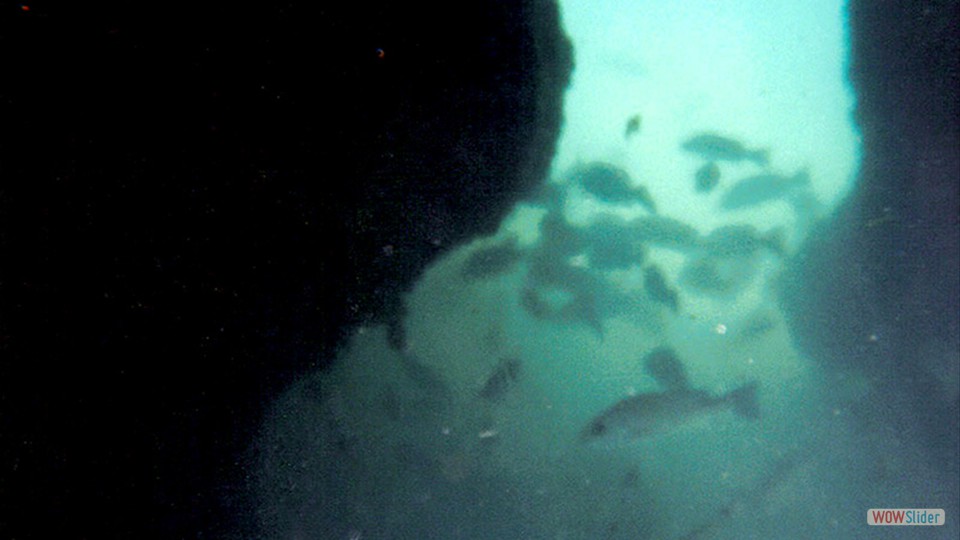
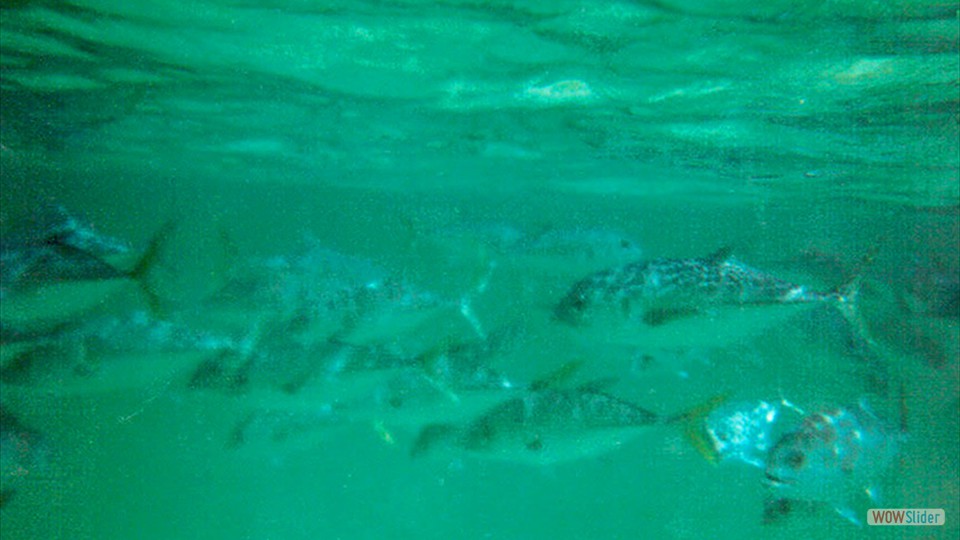
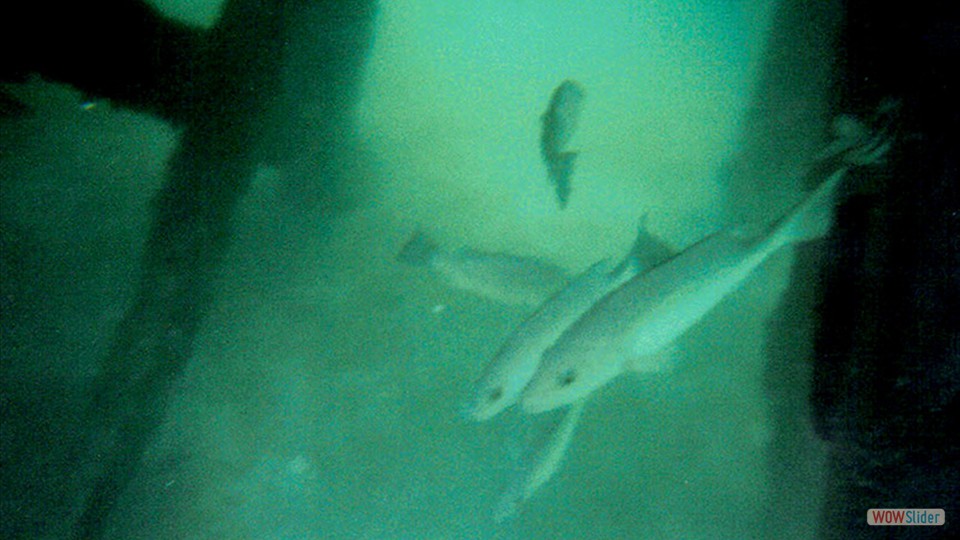
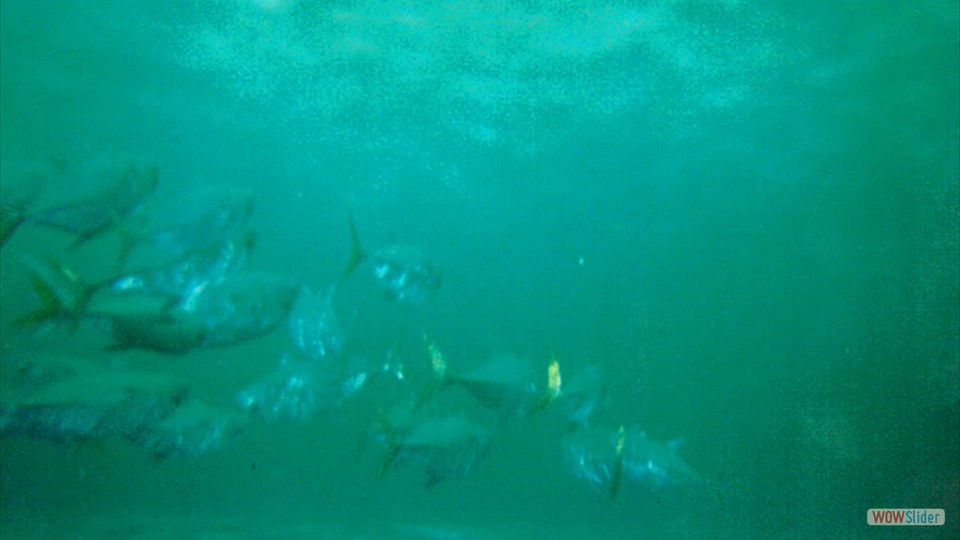

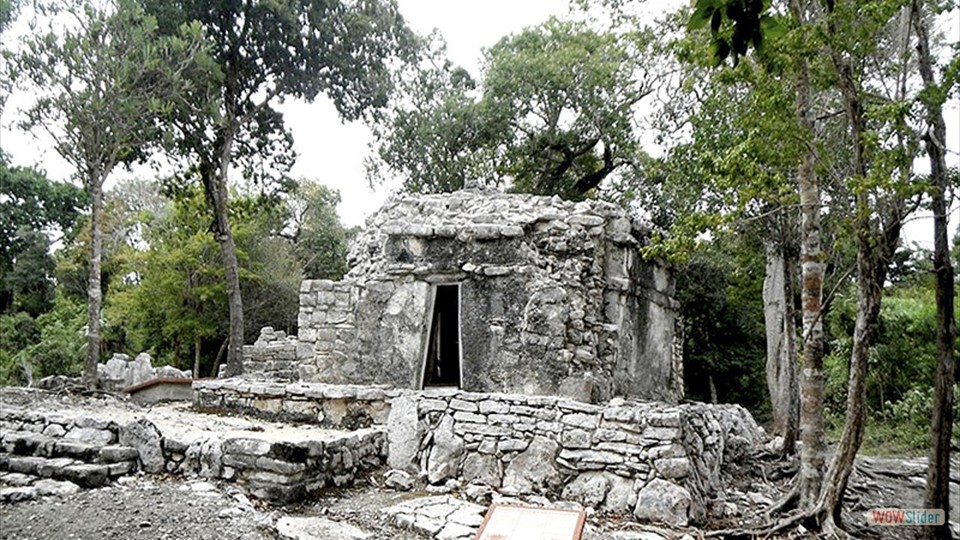


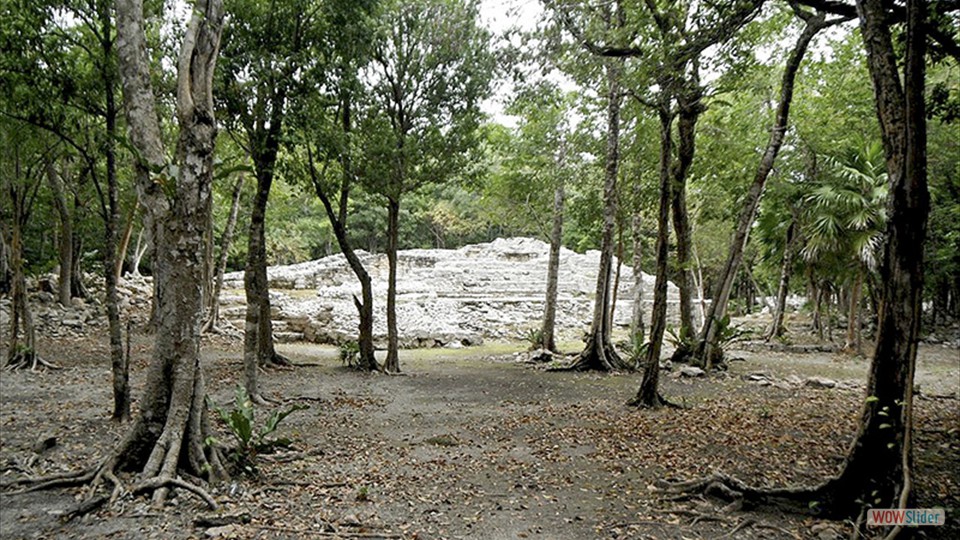
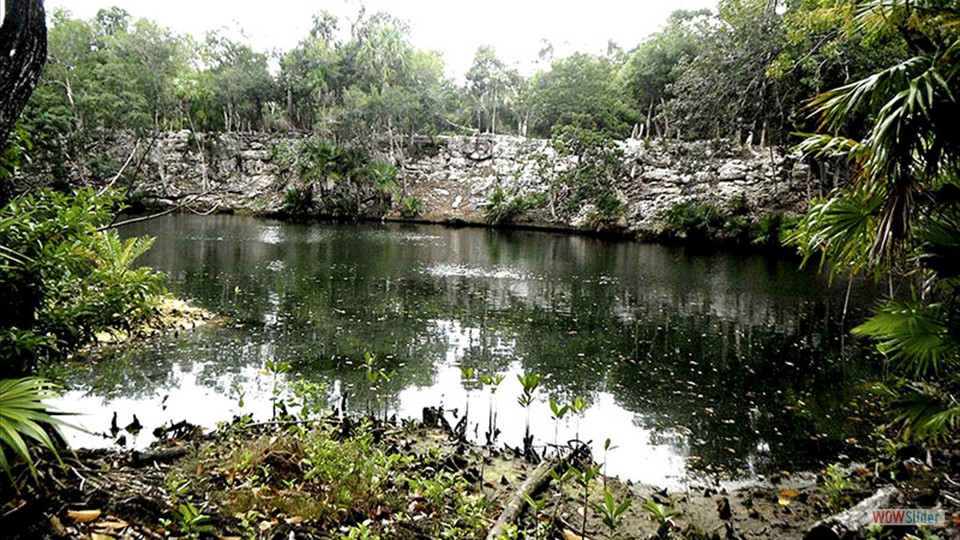
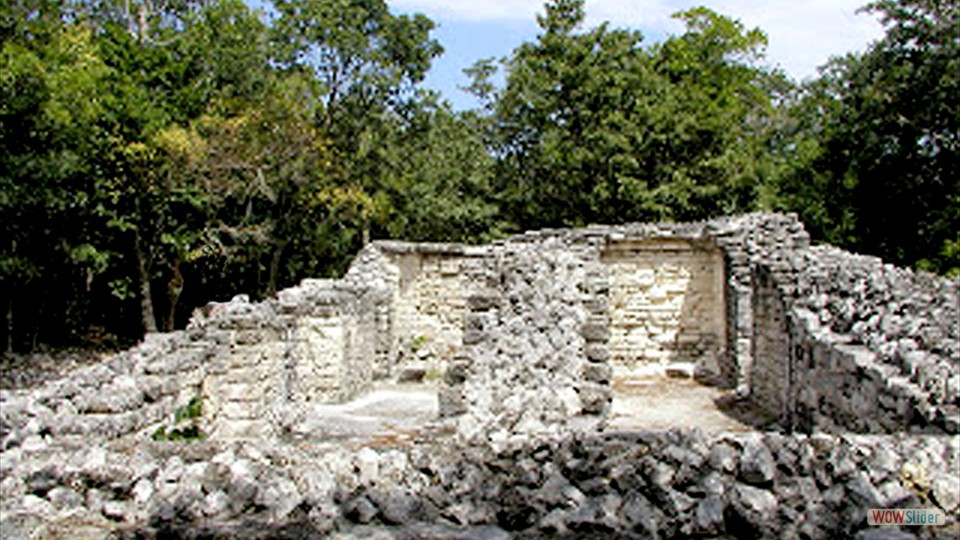
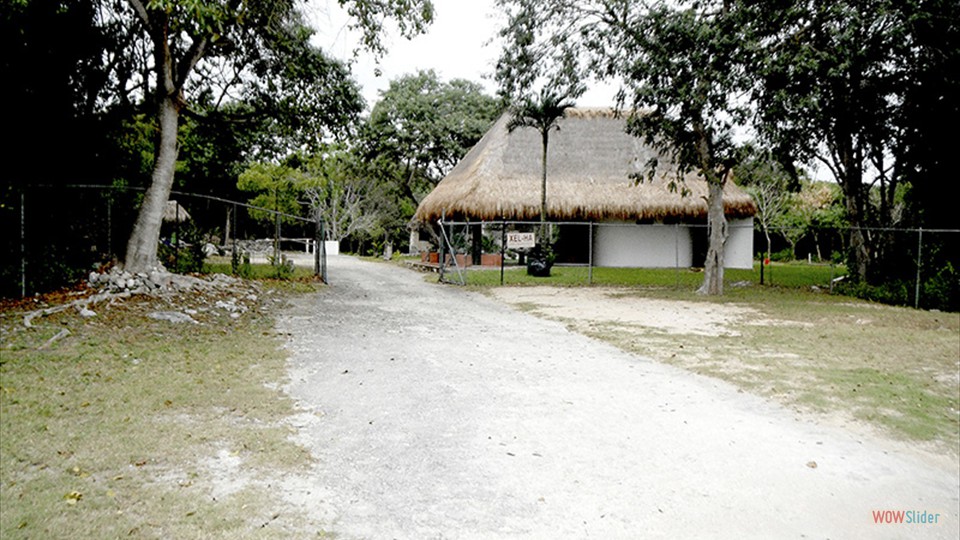
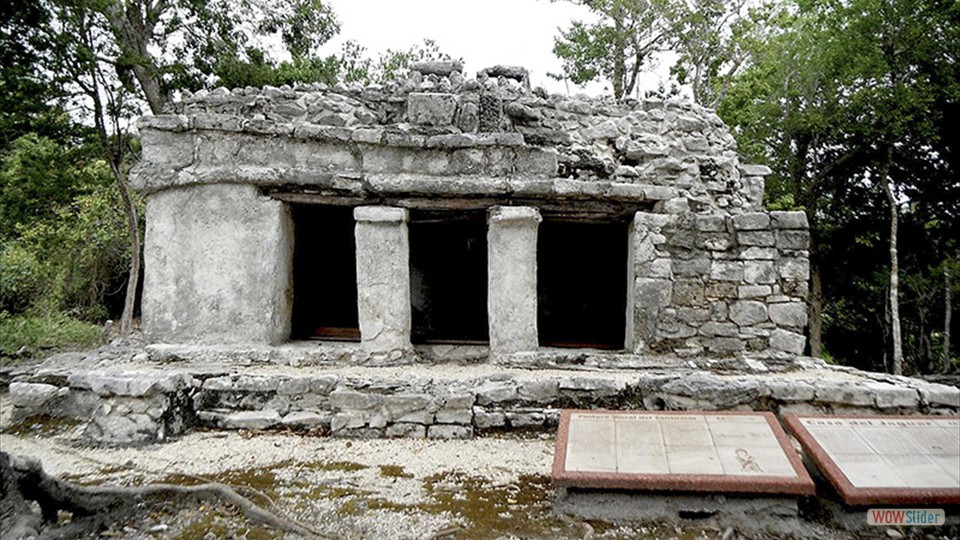
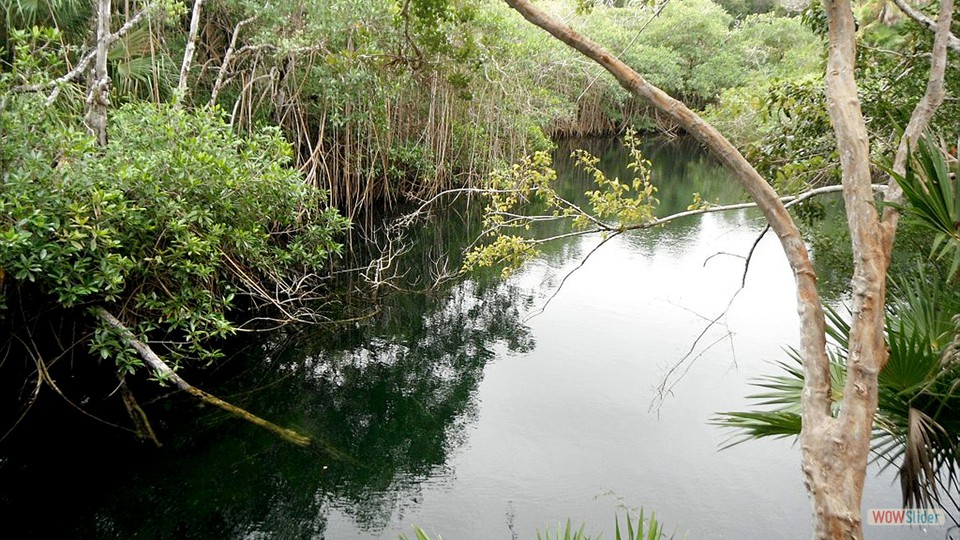
 1
1 2
2 3
3 4
4 5
5 6
6 7
7 8
8 9
9 10
10 11
11 12
12 13
13 14
14